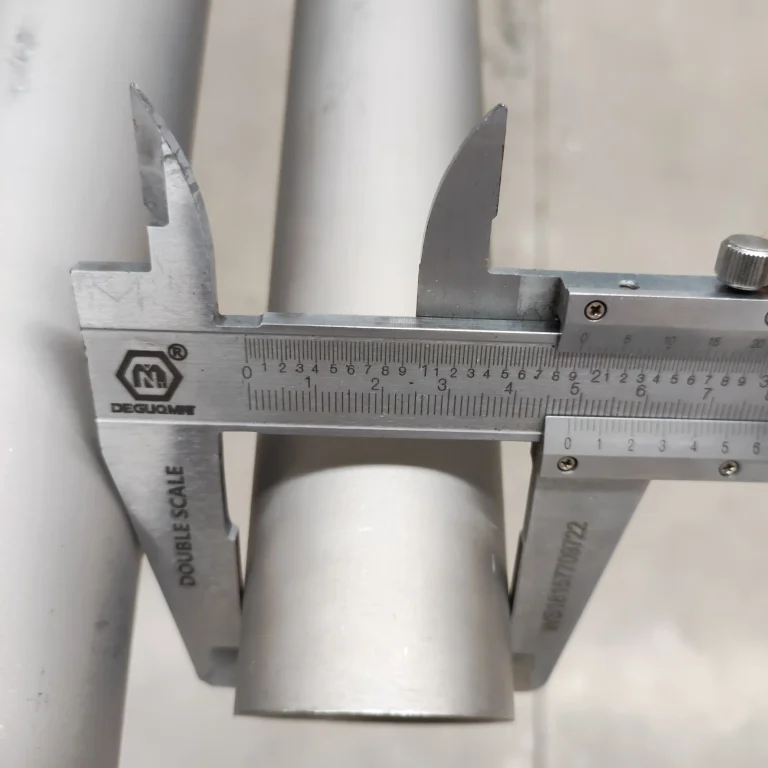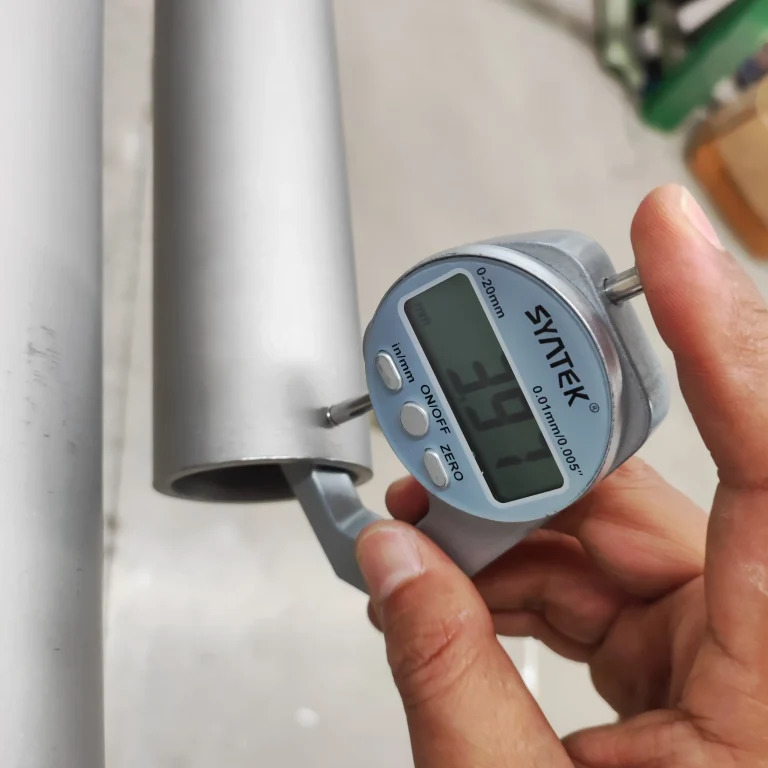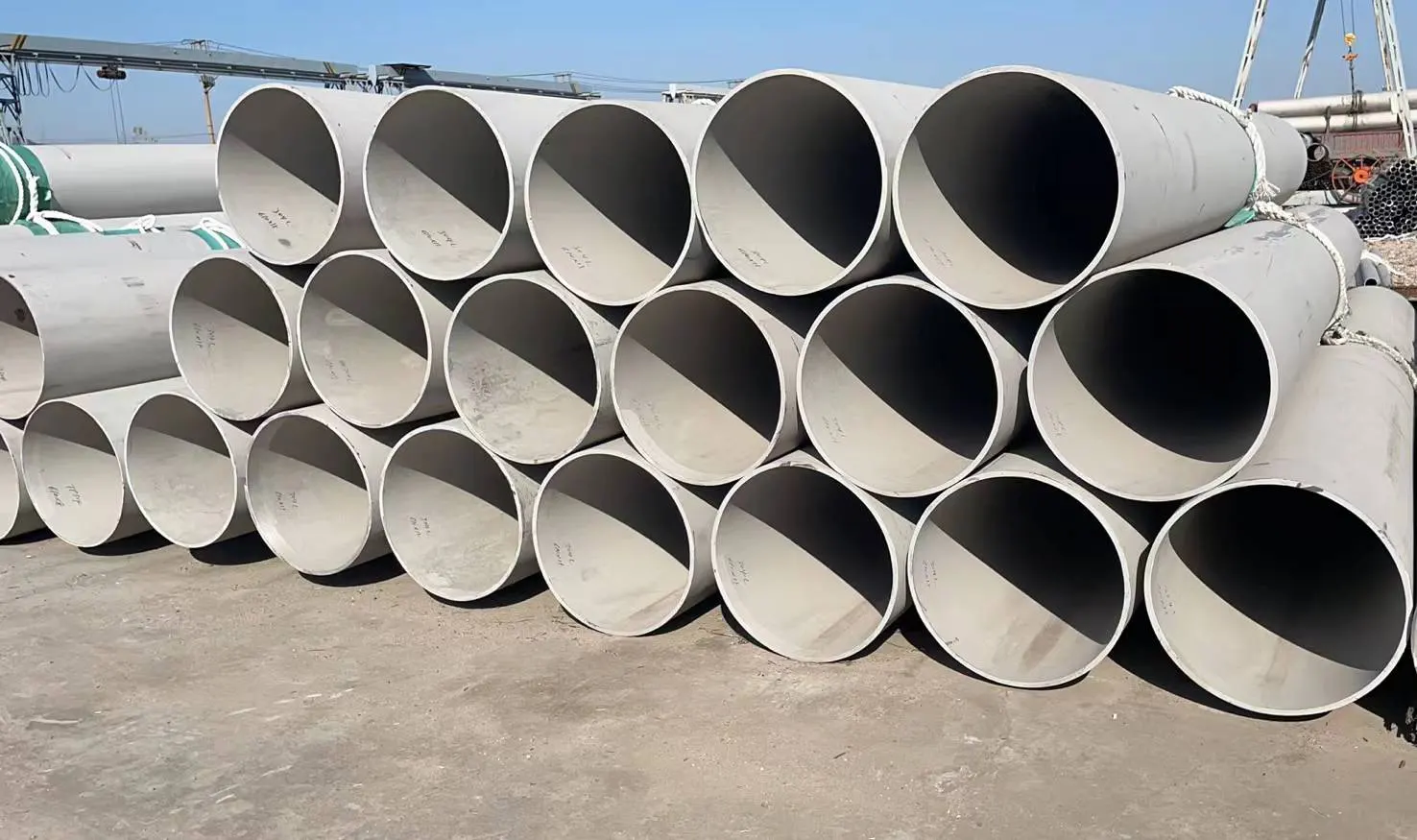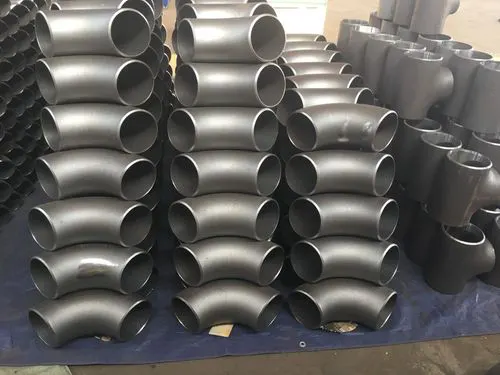As a specialist fournisseur de tuyaux et raccords en acier inoxydable in China, we can assure you:
Internal Pipe Corrosion poses a severe,often hidden threat to industrial systems globally.This degradation mechanism destroys the integrity of Tuyaux en acier inoxydable.Furthermore,it compromises the safety and function of raccords de tuyauterie en acier inoxydable.Understanding the various forms of internal corrosion is crucial.It ensures the longevity and safety of critical infrastructure.
What is Internal Pipe Corrosion?
Internal corrosion occurs on the inside surface of a pipe.The corrosion happens when the transported fluid chemically attacks the metal wall.Even stainless steel,with its couche protectrice,is vulnerable.This vulnerability arises when specific corrosive elements are present.These elements destroy the passive chrome oxide film.
Ce que nous faisons
- Plaque
- Feuille
- Forgeage
- Barre ronde
- Bride
- Tuyaux
- Raccords
- Sur mesure
Contactez-nous pour plus d'informations
The Most Dangerous Forms of Internal Pipe Corrosion
Corrosion par piqûres
Pitting corrosion is highly localized and very aggressive.Small,deep holes form on the metal surface.These pits are hard to detect visually from the outside.They can quickly lead to perforation and leakage.The susceptibility of an alloy to this attack is measured by its PREN value.A lower PREN means higher risk.For example,testing is often done to assess the Pitting corrosion of duplex stainless steel pipe.
Corrosion par crevasses
Crevice corrosion occurs in confined spaces.These spaces are often found under gaskets or flange faces.Fluid stagnation allows chlorides to concentrate heavily.This creates an extremely acidic environment locally.The corrosion rate inside the crevice accelerates rapidly.Engineers perform a Test Of Crevice Corrosion to validate material selection.Furthermore,the Critical Pitting Corrosion Temperature is a key factor.If the operating temperature exceeds this value, pitting risk dramatically increases.
Fissuration par corrosion sous contrainte
SCC is a catastrophic failure mechanism.It requires three conditions simultaneously:susceptible material,tensile stress and environnements corrosifs.SCC produces fine cracks that grow perpendicular to the stress direction.These failures are often sudden and happen without warning.You can find more detail on this topic in articles discussing Fissuration par corrosion sous contrainte in stainless alloys.
Corrosion intergranulaire
This corrosion form attacks the grain boundaries of the metal structure.It is most often caused by improper welding procedures.Welding heat can cause the precipitation of chromium carbides.This process,known as sensibilisation,leaves the material vulnerable.The resulting damage destroys the material’s strength along the grain boundaries.For more information,read our guide on Corrosion intergranulaire.
Atmospheric Corrosion (External Contrast)
While Internal Pipe Corrosion is our primary focus,external threats exist.Atmospheric corrosion primarily attacks the outer pipe surface.It results from exposure to moisture and airborne contaminants.Proper coating and insulation prevent this external damage.However,internal threats remain the greater danger to system integrity.
Impact of Internal Pipe Corrosion on Pipeline Infrastructure
- System Failure:
Corrosion reduces the pipe wall thickness.This causes loss of pressure integrity.The entire pipeline system becomes susceptible to rupture. - Product Contamination:
Corrosion particles can enter the fluid stream.This contaminates sensitive products.This is unacceptable in pharmaceutical or food-grade applications. - Expensive Repairs:
Repairing a corroded line involves costly shutdowns.Replacing damaged stainless steel pipe fittings and pipe sections is expensive.Prevention is far more cost-effective than repair. - Conformité réglementaire:
Pipeline failures violate safety and environmental regulations.Companies face significant fines and legal issues.Maintaining pipe integrity is a legal requirement.
Internal Pipe Corrosion Types and Causes
| Corrosion Type | Key Mechanism | Typical Cause | High Risk Component |
|---|---|---|---|
| Piqûres | Breakdown of Oxide Film | High Chlorides, Stagnant Fluid | Tube en acier inoxydable |
| Crevasse | Oxygen Concentration Cell | Gaps Under Gaskets | Raccords de tuyauterie |
| CCN | Tensile stress + Chlorides | High Temperature, High Stress | Welded Joints |
| Intergranular | Chromium Depletion At Boundaries | Improper Welding Heat | Zone de soudure |
Strategies for Corrosion Mitigation
Vous voudrez peut-être aussi lire :
Impact of Internal Pipe Corrosion
Why Stainless Steel Pipes Benefits Outweigh the Cost
Nous contacter
- RM901 No.22 Tangjiaqiao Road Wenzhou Chine
- +86 577 8551 1171
- [email protected]
- https://www.kaysuns.com/






